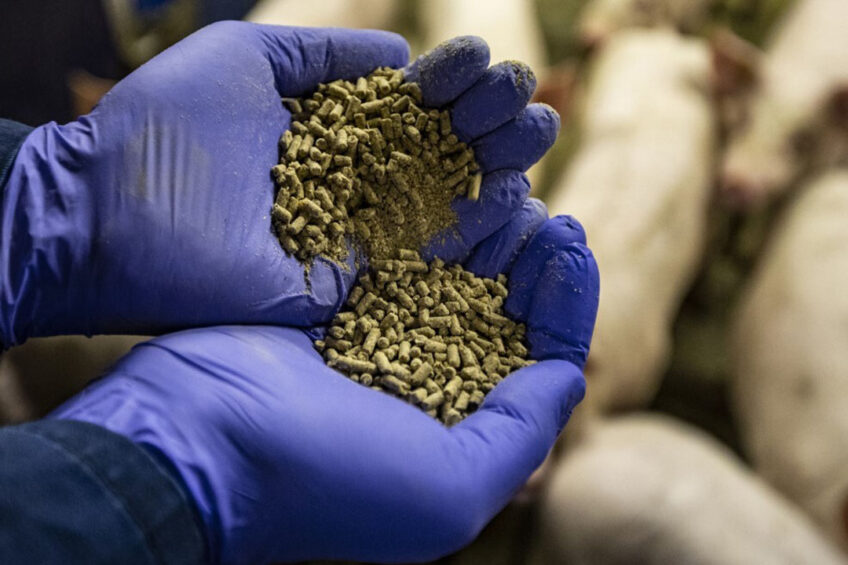Preserving pig performance in fluctuating commodity markets

It does not matter where you sit in the world today – we all face unpredictable commodity markets and skyrocketing energy costs with the current political landscape. Swine nutrition technology expert, Dr Casey Bradley, highlights another layer: the delay or lack of availability of key ingredients to optimise swine rations.
I could not imagine being a production or feed company nutritionist today and maintaining optimal performance in our pigs. There is little we will be able to control to maintain diet costs. However, we can utilise some essential suggestions in our formulations to keep our pigs on track to maximize profit through preserving performance in the barn.
Consistency is the key
Just because a specific grain or opportunity ingredient prices into today’s diets, make sure you are incorporating them slowly and that you will have a reliable supply. Swapping energy or protein sources can wreak havoc on mill optimisation, feed quality, feed flowability, and feeder adjustments. If your system is not all on the same page of significant changes, it is challenging to implement successfully without creating further challenges at the feeder.
What if you run out of key ingredients?
Lysine is an excellent example of this issue and has been in short supply or on allocation. Usually, this means more soybean meal or crude protein coming back into the diet – what is your strategy to optimise protein digestion? Hopefully, it includes a more aggressive consideration of enzymes such as increased levels of phytases, beta-glucanases, and even proteases.
Another option would be an ingredient high in peptides, such as cheese products, to help pull more free amino acids across. Organic acids should also be considered to help maintain an environment conducive to optimising endogenous and exogenous enzymes while preventing the nasty bugs from thriving in an excess protein-rich hindgut. Other instances of ingredient shortages result in creative thinking about unknown or unpopular ingredients that are potentially nutrient-rich. A great example of this is seaweed, which can be rich in omega fatty acids, minerals, and vitamins.
A no-fat diet and summertime slow-down
This time last year, many swine producers had been formulating diets without fat due to the lack of economic returns. This is where enzymes and some key synergies with live yeast can play a vital role. Going back to my research from 2015, feeding the yeast with xylanase in the first 2 weeks post-weaning and then xylanase alone gave the best feed efficiency to slaughter. Live yeast can create and maintain an environment that optimises hindgut fermentation.
These are just a few of the conversations I have been part of recently, and I hope there will be new products and supply-chain ease coming soon. But ultimately, keep in constant contact with your nutritionist, and consider some nutritional strategies you have not tried yet.











